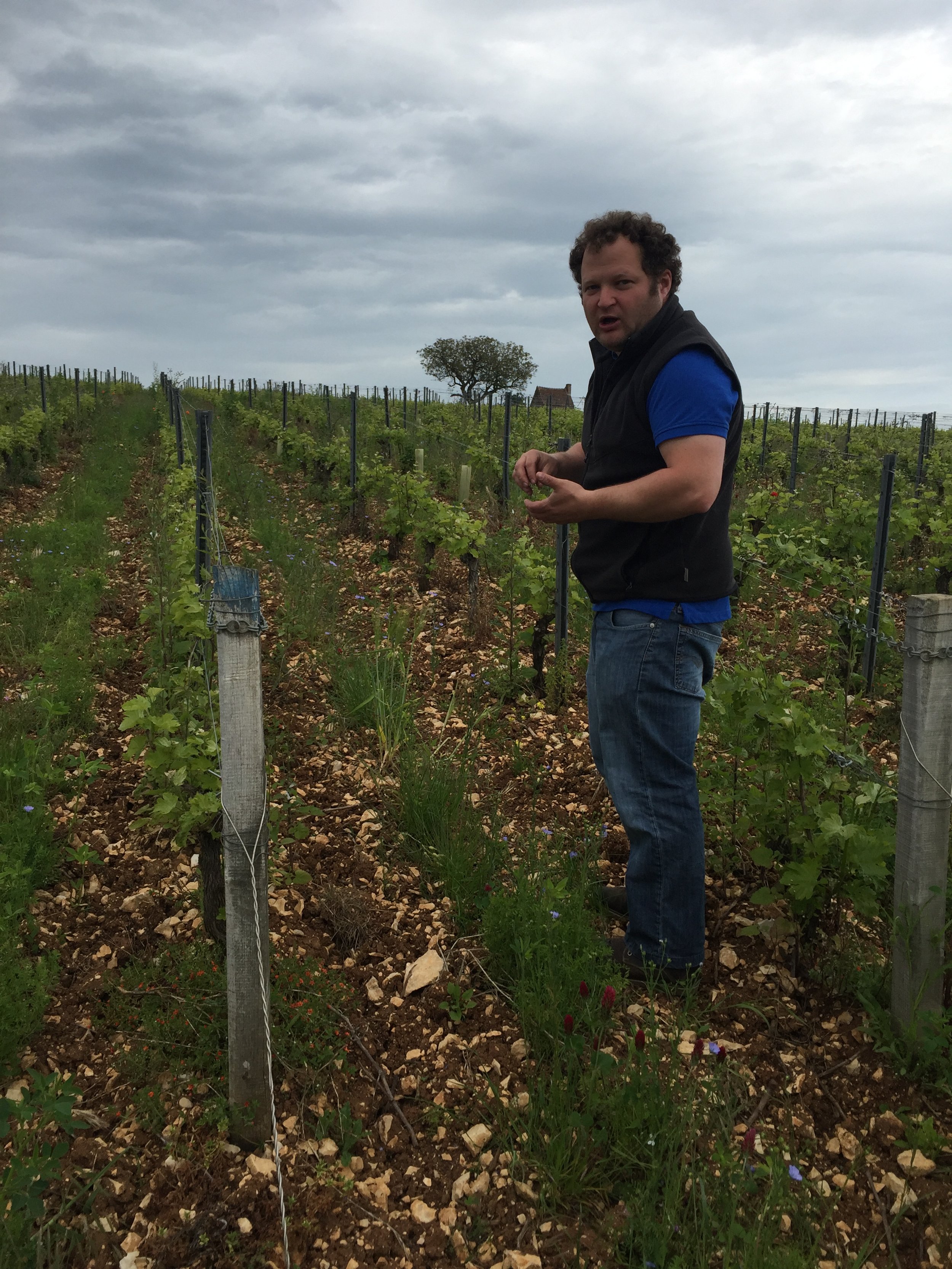DOMAINE JEAN MAX ROGER - SANCERRE
SUSTAINABLE
—
2019 AOC Menetou Salon, Sauvignon Blanc
2022 AOC Sancerre Blanc "Cuvée Marnes et Caillottes" Sauvignon Blanc
2019 AOC Sancerre Blanc “Old Vines” Sauvignon Blanc
2017 AOC Sancerre Blanc “La Cote de Bue” Sauvignon Blanc
2021 AOC Sancerre Rosé “La Grange Dimiere” Pinot Noir
2012 AOC Sancerre Rouge “Old Vines” Pinot Noir
Read More...
Located in the village of Bué, south of Sancerre, this domain dates back to the early 17th century.
Jean-Max Roger inherited a domain of four hectares of vines in the early 1970s and expanded the small estate to its current size of 26 hectares. He comes from a long lineage of winegrowers based in Bué, and in 2004, two of Jean-Max’s sons, Etienne and Thibault, returned to the estate after professional careers in France and abroad. Jean-Max’s third son, Xavier, also lives his passion for wine in the Languedoc-Roussillon region.
Based in the Sancerre appellation, the domain’s vines sit among the communes of Bué and Sancerre, and the hamlets of Amigny, Crézancy, and Vinon. The Roger family also operates five hectares of vines in the Menetou-Salon AOC, where the first plantings occurred in 1981.
Jean-Max Roger has long been regarded as ahead of his time. When he first planted grasses between the vines and began to plow in 1990, people thought he was mad, but today this is a commonly understood practice.
The vineyards are primarily made up of caillottes (named for the pebbly and limestone-rich soil) and terres blanches (a white earth of clay-limestone and Kimmeridgian marl), with only a single parcel rooted in siliceous soil.
Among the winery buildings, the barrel cellar and tasting room date back to the early 17th century, while the pressing room was once one of the village’s tithe barns.
The domain produces white wines made from Sauvignon Blanc, and reds and rosé from Pinot Noir. After settling for 48–72 hours, the must is racked and left to ferment in tanks for several weeks, with temperatures closely monitored. The Rogers use indigenous yeasts, fine with bentonite, and filter before bottling. The long fermentation period and prolonged ageing on lees cause complexity and structure in the white wines, while preserving fruit and freshness.

